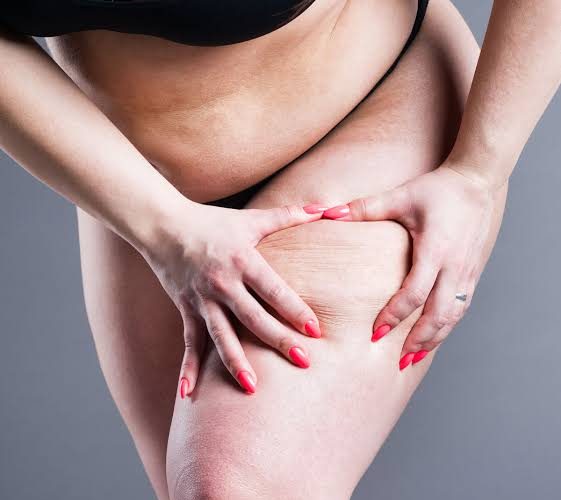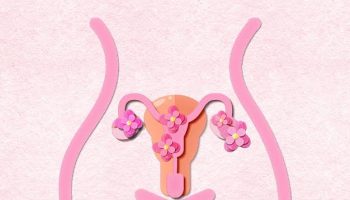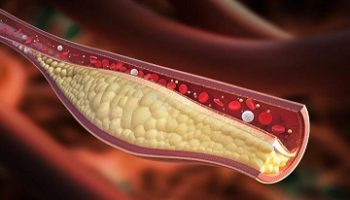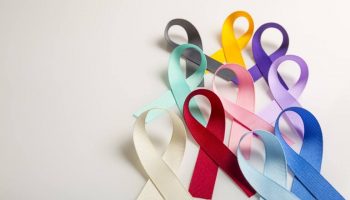LIPEDEMA:ALL YOU NEED TO KNOW
OVERVIEW
Lipedema affects closely 11% of women globally. It occurs when fat distribution is in an irregular/uneven way beneath your skin, usually in the buttocks and legs. It can eventually cause pain and other problems. Most times, lipedema can be mistaken for regular obesity or lymphedema.
Education/awareness about lipedema is rare in the society today and due to this, there is lack of psychosocial support for women with lipedema, causing them to suffer from psychosocial disorders, including depression, anxiety, and eating disorders. Therefore, proper counseling and treatment of these conditions are important.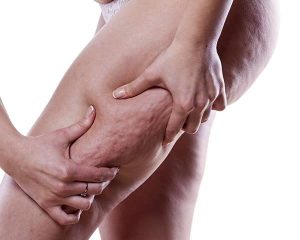
SYMPTOMS OF LIPEDEMA
The typical symptoms are a large lower half body size (from waist downwards), which are often tender and bruise easily. For example, the top half of your body may be a size 8, but the bottom half may be double.
As time goes on and the condition seems to progress, there is continuous buildup of fat, and your lower body grows heavier. The lipedemic fat can later collect in the arm.
Over time, excess fat cells block the vessels of your lymphatic system, which normally makes sure there is a balance in body fluid levels and protect against infection. This blockage prevents the proper drainage of lymph fluid, leading to a buildup of fluid called lymphedema (oedema in the lymphatic system).
If not treated, lymphedema can lead to problems such as infections, delayed wound healing, development of scar-like tissue called fibrosis, and hardened skin in the legs.
In comparison to obesity and lymphedema, it targets legs, thighs and sometimes arms and starts in the upper legs. It usually affects both legs.
CAUSES OF LIPEDEMA
The cause is not known, but doctors suspect female hormones play a role and also genes as people involved has a family history of it. This theory is based on the fact that it mostly affects women especially at their stages of menopause.
PATHOPYSIOLOGY
From the onset, swelling in lipedema is a result of both an increase in cell number and size in the adipocyte. Apart from the incidence of enlarged adipocytes, there is thickening of the interstitium with the presence of increased interstitial fluid, and this leads to a blockage causing oedema in the lymphatic vessels. Although interstitial fluid is increased, at least in early stages, the lymphatic system seems to be functioning normally.
LIPEDEMA TREATMENTS
Although managing lipedema fat with lifestyle modifications is almost futile, there is evidence to support the positive effects of exercise, particularly aquatic therapy, and lifestyle change on lymphedema, lymph flow, and overall health.
A treatment called complete decongestive therapy can ease painful symptoms. Complete decongestive therapy involves:
Manual lymphatic drainage: “A form of massage that uses gentle, rhythmic pumping movements to stimulate the flow of lymph around blocked areas to healthy vessels, where it can drain into the venous system. This helps relieve pain and prevent fibrosis”.
Compression: “The use of stretch bandages or custom-fitted panty hose, panties, or spandex shorts to increase tissue pressure in the swollen legs and lessen the odds of fluid building up again”.
Exercise: ” Helps to reduce fluid buildup, boost mobility, and maintain or improve how well your legs work”
Thorough skin and nail care: “Helps lower the risk of wounds and infection if you have lipedema associated with swelling”.
Liposuction: “specifically water-assisted liposuction and tumescent liposuction, can remove the lipedema fat. The procedure uses a hollow tube that is placed under the skin to suction the fat tissue. Several sessions may be needed depending on the amount of abnormal fat”.
MISCONCEPTIONS
One of the most common misconceptions about patients with lipedema is that they have excess fat stored up due to lifestyle or diet induced obesity. Although some patients with lipedema may also have obesity, lipedema should be diagnosed exclusively. Likewise, despite an elevated body mass index, the incidence of diabetes is relatively low among women with lipedema.
CONCLUSION
In a society where body shaming individuals with extra pounds’ flies easily, it’s very important to create awareness about this anomaly and make people understand its implications on individuals.
Sine it is also a condition with so many misconceptions, it should be taught about more in medical schools to avoid unnecessary laboratory tests and consultations.
SOURCES: https://www.ncbi.nlm.nih.gov/pmc/articles/PMC2653640/
https://www.webmd.com/women/guide/lipedema-symptoms-treatment-causes

